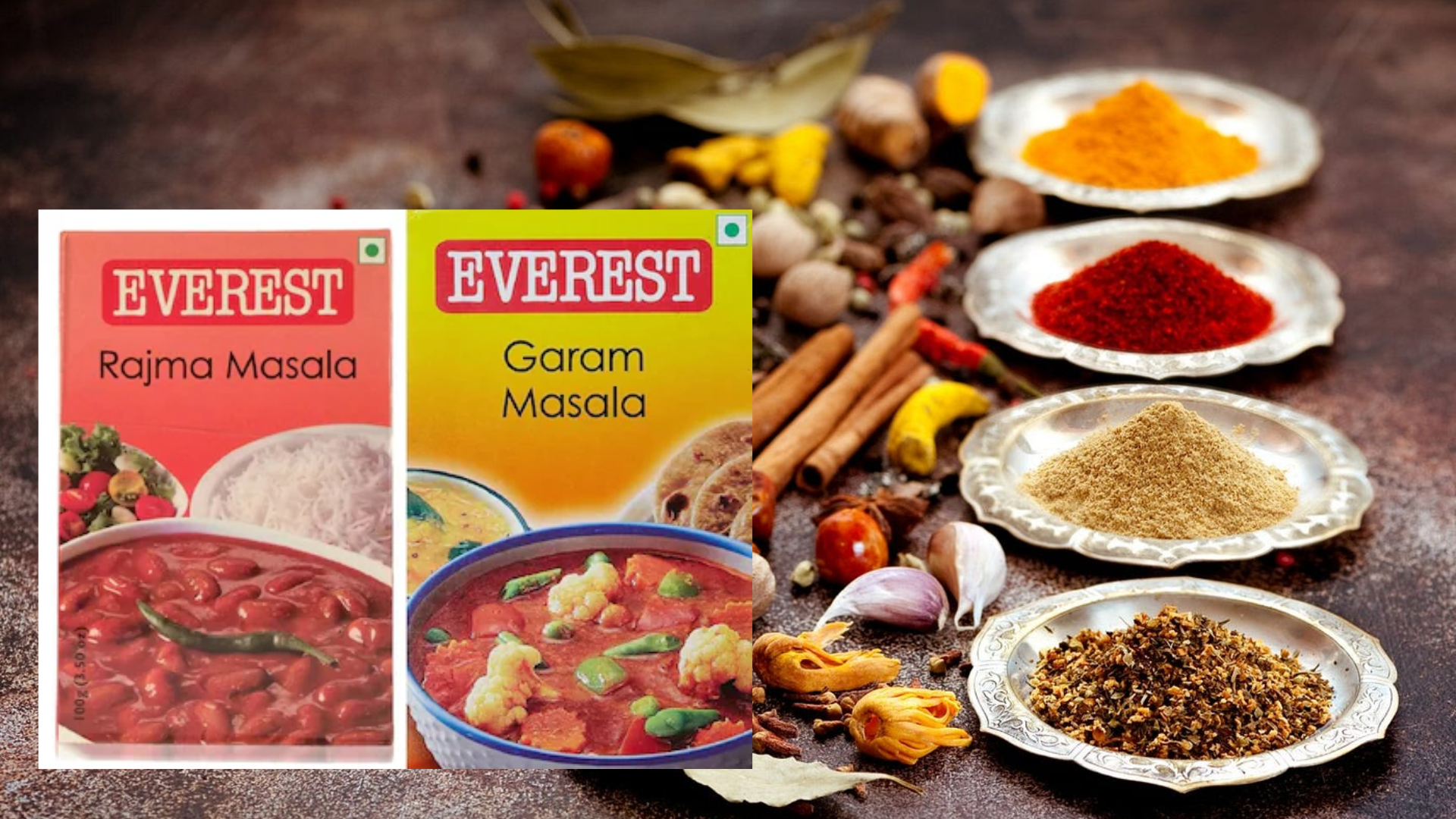Not even a week, after Singapore banned the sale of Indian spice brands MDH Pvt. and Everest Food Products Pvt. , Hong Kong followed the same. This decision comes after the authorities detected the presence of carcinogenic pesticide ethylene oxide in several spice mixes. The Food Safety of the Government of Hong Kong Region claimed that the MDH Group’s Madras Curry Powder included ethylene oxide. The Hong Kong Authority said that the CFS after the testing found that the samples contained pesticides, ethylene oxide. After this, the authorities instructed them to stop the sale of the same. Further, the Everest fish curry masala was found to contain the pesticide
What Is Ethylene Oxide? Why Is It Dangerous?
Ethylene oxide is a chemical compound primarily used in the production of various chemicals, including antifreeze. It is a flammable, colorless gas with a sweet odor at room temperature. While it has applications as a pesticide and sterilizing agent in smaller quantities, its main use is as a precursor to other chemicals.
The danger associated with ethylene oxide stems from its ability to damage DNA, which makes it an effective sterilizing agent but also accounts for its carcinogenic properties. Exposure to ethylene oxide can occur through inhalation and ingestion, primarily in occupational settings, but also through consumer products and environmental sources.
Also Read: 17 Hours Continuous Burning In Gazipur Landfill, ‘Smoke Causing Difficult To Breathe’
Due to its highly explosive and reactive nature, strict safety measures are necessary during its handling and processing. Despite precautions, there is still a risk of exposure to workers and nearby residents, particularly in areas with industrial facilities that produce or use ethylene oxide.
Ethylene oxide, classified as a Group 1 carcinogen by the International Agency for Research on Cancer, poses serious health risks, including an increasing risk of breast cancer.
Both Hong Kong and Singapore have responded to the discoveries by implementing measures to safeguard public health. Additionally, Singapore has taken steps similar to Hong Kong’s actions by recalling Everest’s products from its markets, due to the detection of pesticide levels exceeding safety thresholds.
What types of cancer are linked to ethylene oxide exposure?
The cancers most commonly linked to occupational exposure to ethylene oxide include lymphoma and leukemia. Additionally, exposure to ethylene oxide may also be associated with stomach and breast cancers.


















